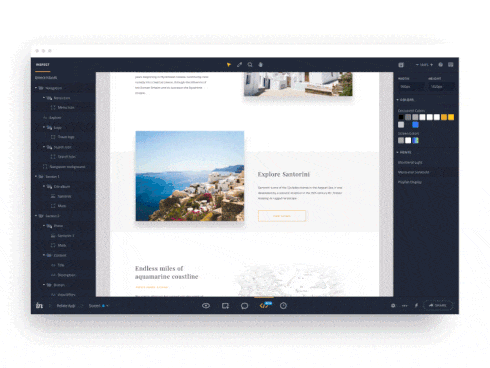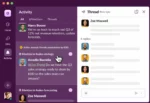
InVision has released Inspect for Photoshop, which will let teams easily sync their work to InVision and generate working code with a single click inside Photoshop.
Inspect allows development teams to get information faster, and they can work seamlessly with Craft Sync for Photoshop. Work can be synced from Photoshop to InVision using a single click, and then development and design teams can use Inspect to generate code, gather specs, and more.
Developers and designers can find more information here.
JetBrains announces new Go IDE
JetBrains has announced Gogland, a new Go IDE that is available in a private early access program.
Gogland joins the IntelliJ family, and it aims to help developers working with the Go language and Go tools. Gogland is still under development, and since Gogland is just a temporary name, developers can send the Gogland IDE team name ideas and suggestions here.
Red Hat releases Red Hat OpenStack Platform 10
Red Hat OpenStack Platform 10 is available today, and it’s based on the OpenStack “Newton” release, which has new features that aim to increase scalability and improve performance and security.
New enhancements and updates to this platform include a more streamlined experience driven by a GUI (graphical user interface), improved flexibility, more stability, and a new ready-state hardware certification program based on OpenStack Ironic. Red Hat OpenStack Platform 10 also introduces distributed Continuous Integration to partners like Dell, EMC, NEC and Rackspace.
More information on this release can be found here.
Firefox Hardware Report gives developers a look into hardware trends, preferences
Mozilla has released the findings from its Firefox Hardware Report to help developers with hardware questions they have while developing their apps.
The public report includes hardware information used by a sample of the population from Firefox’s desktop release channel. The data was collected through the Firefox Telemetry system, which collects browser and platform information from machines that use Firefox.
On the site, developers can look at data points that show what hardware and OSes Firefox web users prefer, as well as what CPU vendors, cores, and speeds are used on the web. Developers can review the full hardware report here and check out the code used to generate the report here.






